How Long Does an Apple Tree Take to Grow? Understanding the Apple Tree Growth Stages
Growing apple trees is a patient gardener’s joy. Whether you plant apple seeds, buy a sapling, or choose a grafted apple tree, knowing the timeline helps you plan care, space, and expectations. In this guide, we’ll answer the big question—how long does an apple tree take to grow—and walk through the major apple tree growth stages, from tiny apple seedlings to a mature tree loaded with fruit.
Before you start, check your climate fit with What Is My Growing Zone? and browse Choosing the Right Apple Tree for Your Garden so your selection matches your site.

How Long Does It Take—At a Glance
- From seed: If you’re wondering how long does it take to grow an apple tree from seed, plan on 6–10 years (or more) before the tree may produce fruit—and the apples will not be identical to the parent.
- Nursery sapling: Many growing apple trees bought as 1–2-year-old starts fruit in 3–5 years after planting, depending on variety, care, and rootstock.
- Rootstock matters: Dwarf and semi dwarfing trees mature faster than standard trees.
- Full size: How long does it take for an apple tree to grow to full size? Standards often reach near-mature height in 8–10 years; dwarfs do so sooner.
Seed vs. Sapling: Your Starting Line
Starting from Seed
Growing from seed is a great learning project—and a long game. If you’ve wondered how to plant an apple tree from seed, this step-by-step guide shows how to stratify seeds and germinate them. Many gardeners pre-sprout in a paper towel after cold stratification, then pot up apple seedlings under bright light.
- Pros: It’s deeply rewarding to grow an apple tree from a seed and watch every stage unfold.
- Cons: Apple trees from seed are genetically unique; fruit quality is unpredictable, and fruiting may take 6–10 years or more. If your goal is reliable harvests, a seed start isn’t always a good idea; it’s better as an experiment or for wildlife hedgerows and crab apples.
Planting a Nursery Tree
If you want fruit sooner, planting apple trees from nurseries is the practical route. Choose bare-root in winter or potted trees in spring:
- Shop Bare Root Apple Trees for vigorous starts and value.
- Prefer compact trees? See Dwarf Apple Trees and Semi-Dwarf Apple Trees.
- Learn sizes and rootstocks in Tree Size & Rootstock Options.

Apple Tree Growth Stages (Seed to Harvest)
Understanding the stages of apple tree growth from seed clarifies care and timing. These apply to seed-grown and nursery trees alike (just remember a grafted apple tree is already past the “seed” stage):
1) Germination & Seedling (Weeks–Months)
- How long does it take an apple tree to grow from a seed? Germination itself is quick after stratification—growth is slow the first year.
- Focus on a healthy root system, steady moisture, and gentle sun.
2) Establishment (Years 0–3 after planting)
- After transplanting to its permanent site, the tree invests in roots and structure.
- Water deeply, mulch, and keep weeds away from the trunk.
- Choose a sunny site—full sun (6–8 hours) speeds apple tree growing and helps trees grow fruit sooner. See Planting & Location Guide.
3) Juvenile to First Flowers (Years 3–5)
- Dwarf and semi dwarfing trees often bloom earlier; standards take longer.
- Begin light structural pruning (modified central leader or open center). Learn forms in Pruning Fruit Trees: Training Shapes.
4) Early Fruiting (Years 3–6+)
- How long for apple tree to bear fruit? Many nursery trees begin producing years after planting—often by year 3–5.
- For seed-grown trees, how long does it take for an apple tree to bear fruit from seed? Typically 6–10 years.
- Nutrition matters—feed smart with How to Fertilize Apple Trees.
5) Full Production (Year 7 and beyond)
- With good pruning, pollination, and pest management, trees hit consistent cropping.
- Keep vigor balanced; thin fruit in heavy years.
For climate and soil match-ups that keep timelines on track, read Apple Trees That Thrive: Climate & Soil Compatibility.

What Speeds (or Slows) the Timeline
1) Variety & Rootstock
- Some varieties fruit faster. Rootstocks control size, vigor, and bearing age. Review options in Tree Size & Rootstock Options.
- If you want speed, choose a dwarf or semi-dwarf fruit tree adapted to your region.
2) Climate & Chill
- Apples need winter rest. Pick varieties suited to your growing season and chill hours. Confirm with What Is My Growing Zone?.
3) Sunlight & Site
- Full sun is non-negotiable. Plant on well-drained soil, away from frost pockets and strong shade.
4) Pollination
- Most apples set better with a partner. Match bloom periods using Pollinator Partners & Pairings. Even self-fertile types often crop heavier with a companion.
5) Nutrition & Water
- Balanced feeding and consistent moisture prevent delays. See How to Fertilize Apple Trees.
6) Pruning & Training
- Proper cuts bring light into the canopy, speeding maturity and fruit quality. Learn how in Pruning Fruit Trees: Training Shapes.
7) Pests & Disease
- Stress sets trees back. Choose resistant varieties and protect bloom/leaf health with Apple Tree Diseases & Disease Resistance and Spring Disease Control in Your Orchard.

Planting Steps (Quick Start)
If you’re ready to plant an apple, here’s a concise plan:
- Select the tree: Dwarf or semi dwarfing for faster fruit; standard for size and longevity. Compare options among bare root, dwarf, and semi-dwarf lines.
- Site it right: Full sun, draining soil, wind-open but not wind-blasted.
- Prepare the hole: Wide, not overly deep; keep graft union above soil.
- Water and mulch: Deep soak at planting; mulch for moisture and weed control.
- Stake if needed: Especially on dwarfs with shallow roots.
- Prune to shape: Begin training early for structure and light.
- Pollination plan: Plant a compatible partner nearby if needed.
- Protect and scout: Net fruit if wildlife raids; monitor for pests and diseases.
Curious about cultivar range? Explore Thousands of Apple Varieties—What Home Gardeners Need to Know.
Pro Tips to Stay on Schedule
- Match climate and soil for fewer setbacks: Climate & Soil Compatibility.
- Start with quality stock in the size that fits your goals: Bare Root, Dwarf, Semi-Dwarf.
- Place trees wisely and prep soil well: Choosing a Location.
- Feed for strength and fruit: Fertilize for Optimal Growth & Production.
- Ensure pollination: Pollinator Partners.
- Prevent problems early: Disease Resistance and Spring Disease Control.
Bottom Line
If you grow an apple tree from seed, think “marathon,” not sprint. If you need fruit faster, choose a young, grafted apple tree on a precocious rootstock. Either way, with the right site, steady care, and patient pruning, your tree will reward you. Apples may take time, but that first bite—years after planting—is worth every season of tending.


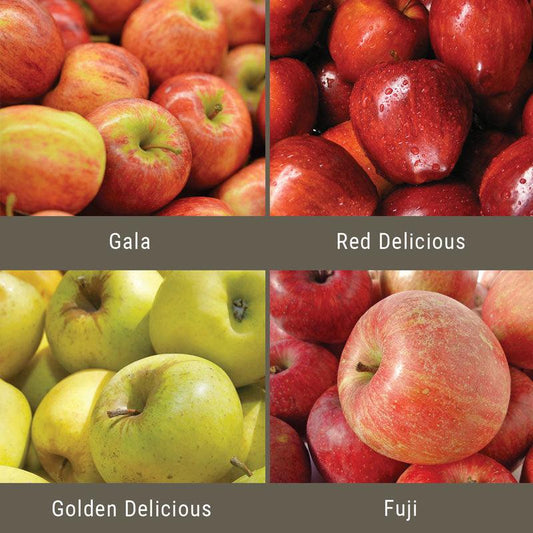
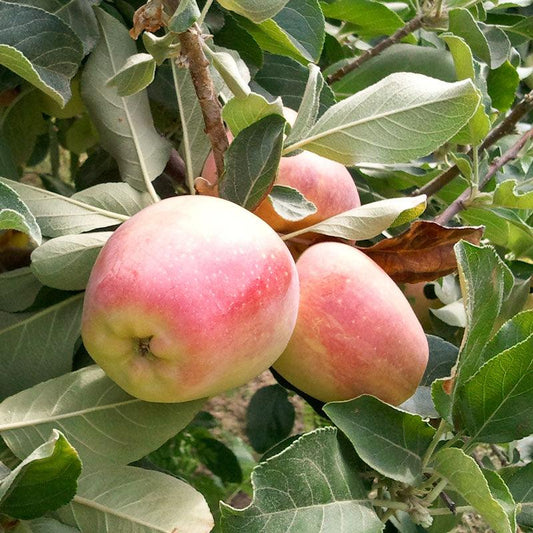

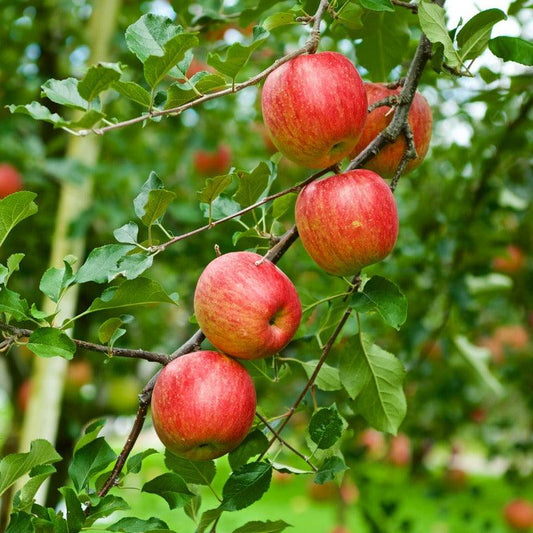

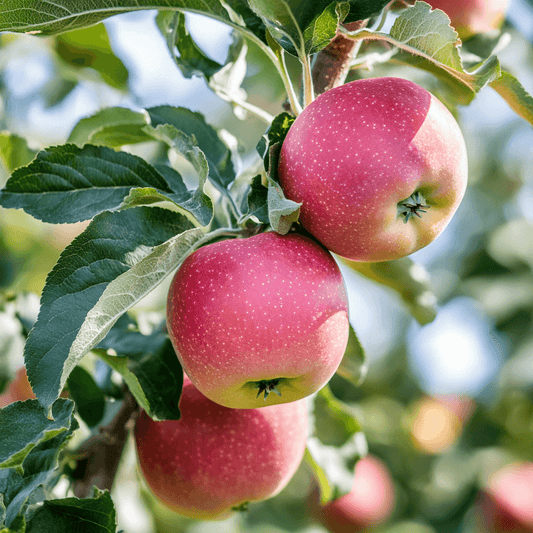

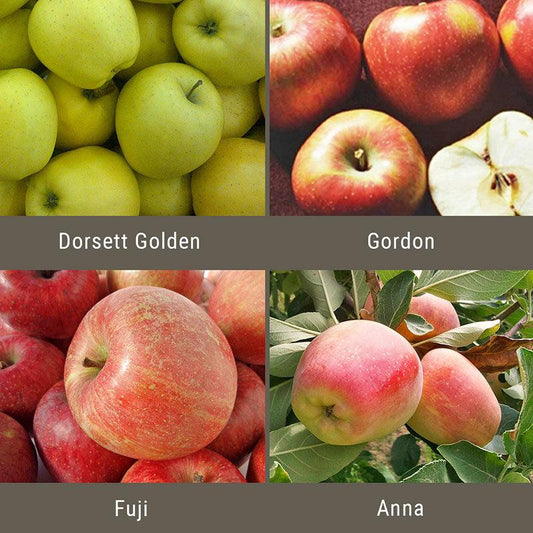
1 comment
Thanks for well elaborate information.